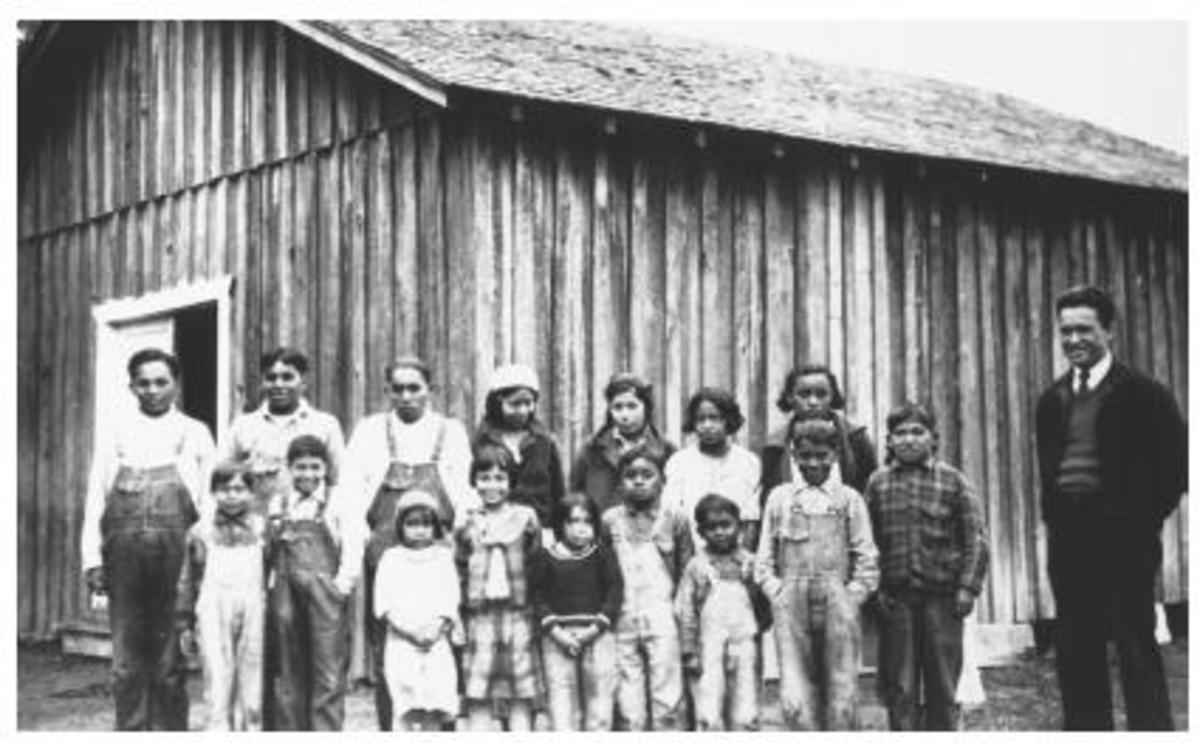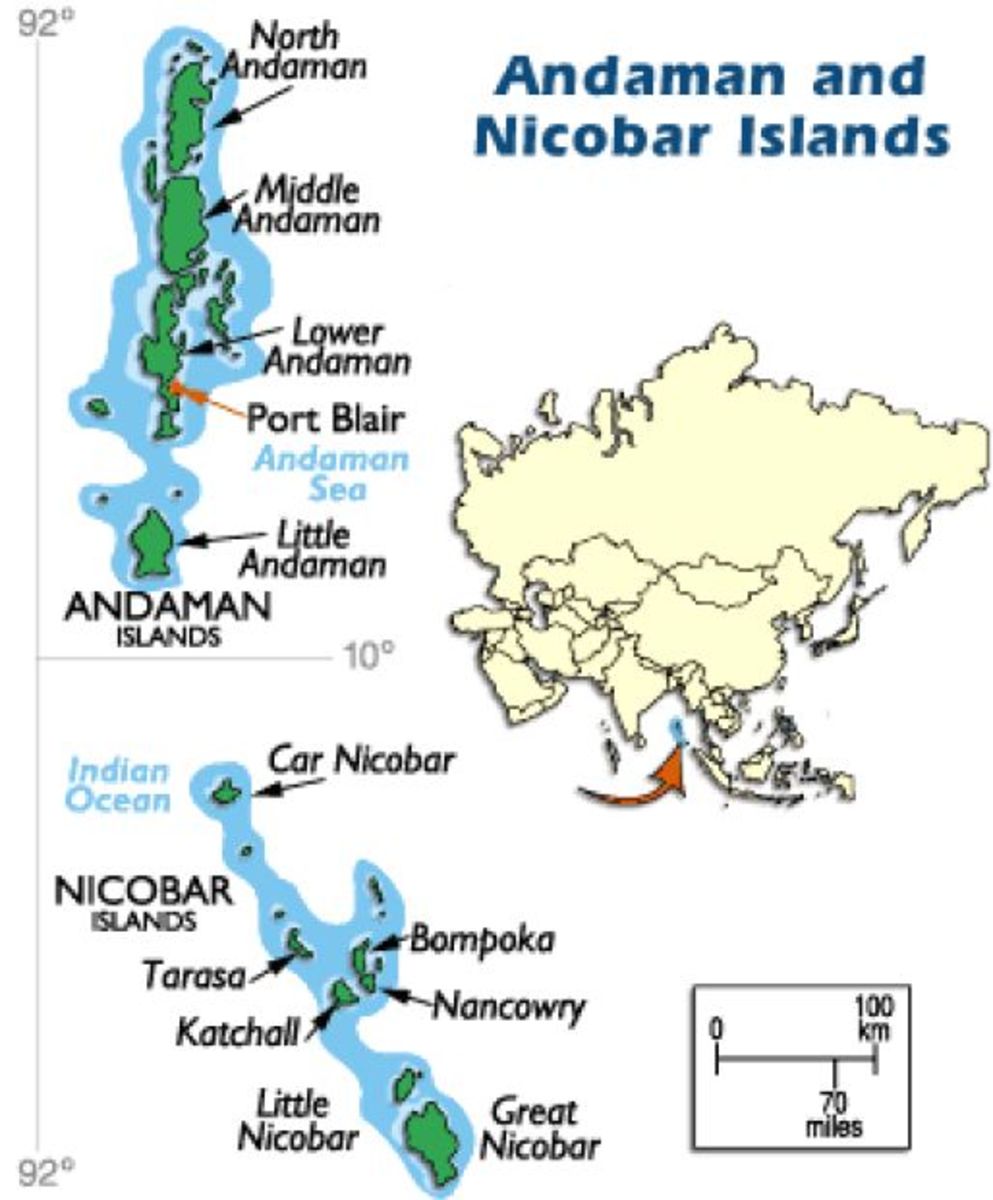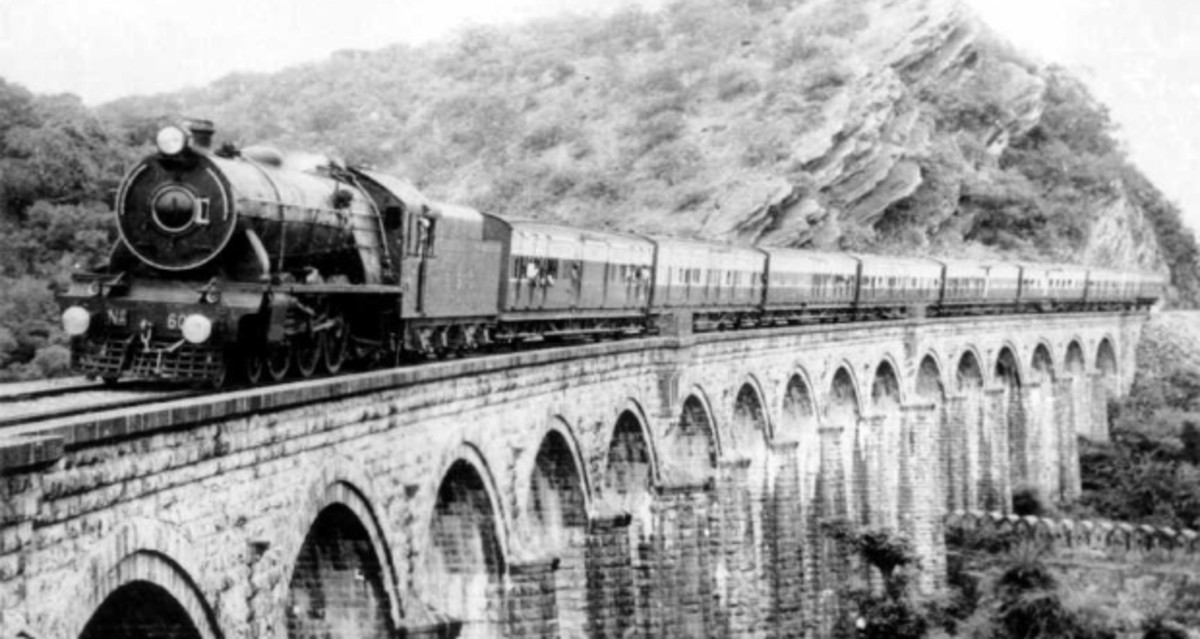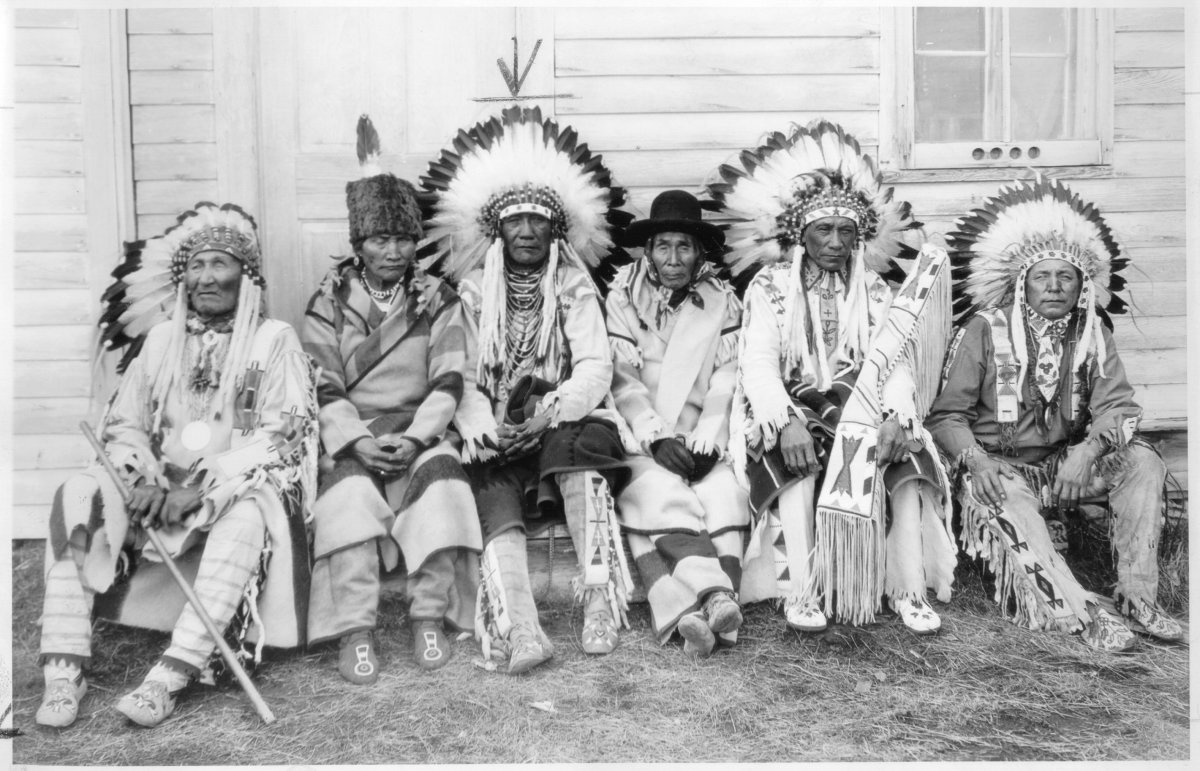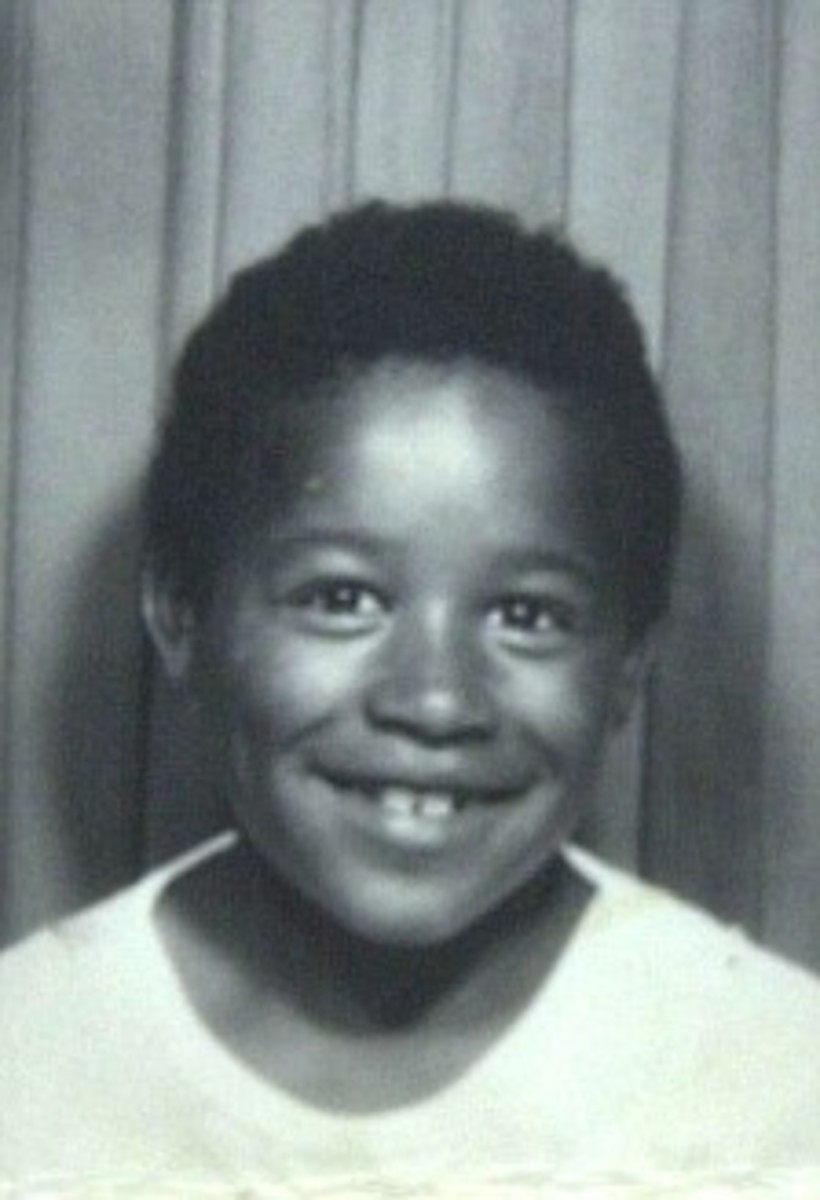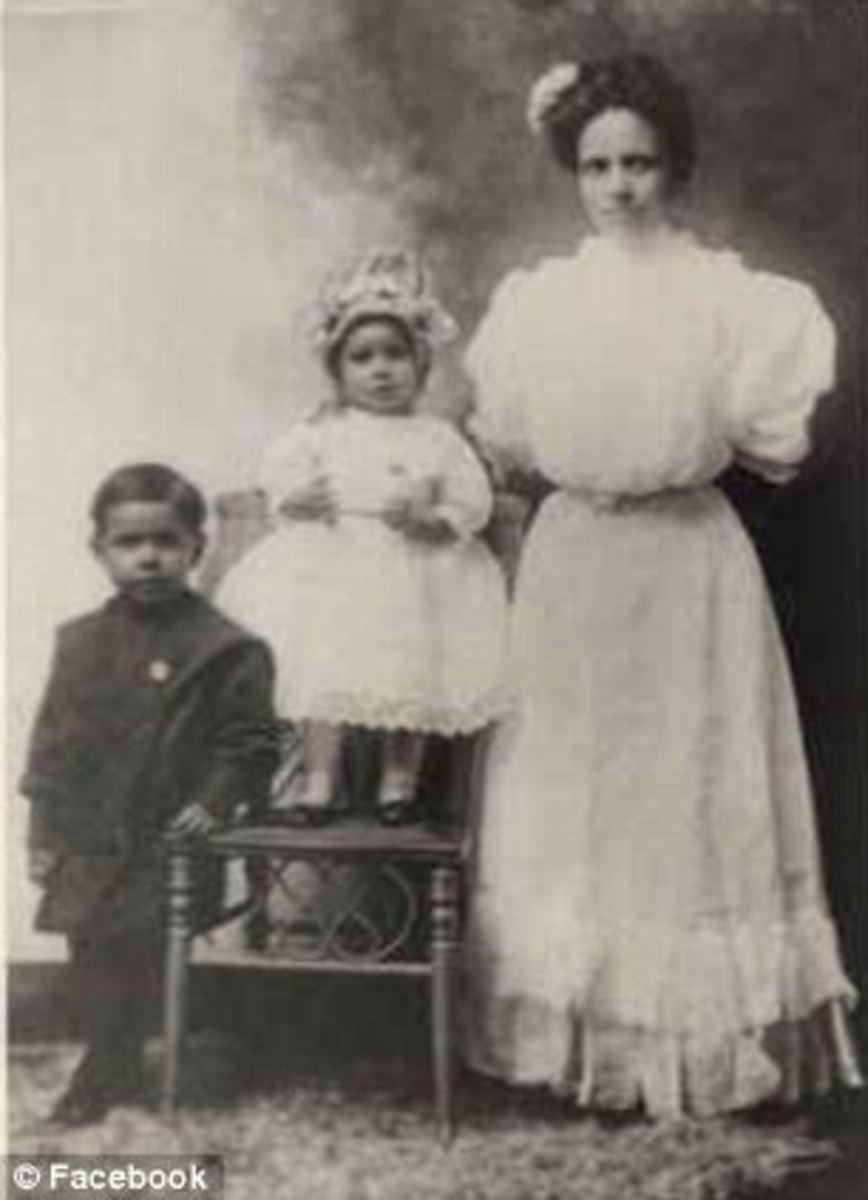The 1958 Notting Hill Race Riots and the 2011 London Riots compared
On August 30 1958 at Latimer Road Underground Station a Swedish woman was arguing with her West Indian husband when a group of white youths joined in to insult her husband and were enraged when she turned on them. When they saw her the next night they pelted her with stones and bottles and struck her in the back with an iron bar. The police intervened and she was escorted home.
Over the next few nights mobs of white people attacked West Indian homes and rioting and disturbances continued till 5th September.Police arrested 140 people and charged 72 white and 36 black people with various offences. Nine white youths received exemplary harsh penalties: five years in prison and a £500 fine, which in those days was an enormous amount.
The area was very poor at the time. Instead of a refrigerator my parents had an icebox and once a week a large block of ice was delivered and smashed into lumps small enough to fit the icebox. Once a week a coalman would bring a sick of coal up to the third floor: this was before the clean air acts forced a shift to paraffin stoves, later banned as potentially lethal. West Indians had been imported since 1948 in order to do jobs which the white population were unwilling to do at the wages offered. West Indians were therefore competing for jobs with the native population which caused resentment.
The Police
As with the London riots of 2011 the police seemed slow to respond. Officially in both cases this was put down to lack of manpower. In 2011 apparently, police from Wales were used to reinforce the local police force.
In 2002 papers originally intended to be classified for 70 years were declassified early and showed that senior police officers had advised the government that there was no racial element in the riots and that the riots were the work of "ruffians, both coloured and white" hellbent on hooliganism in direct contradiction to the eyewitness police reports confirming that the riots were overwhelmingly the work of a white working class mob out to get the "niggers".
The reports show that the disturbances were overwhelmingly triggered by 300-to 400-strong "Keep Britain White" mobs, many of them Teddy boys, (named after the type of clothes they wore) , armed with iron bars, butcher's knives and weighted leather belts, who went "nigger- hunting" and were openly defiant of the police. The West Indian community armed themselves in response since the police were either unable or unwilling to protect them.
Those dealt with by the courts were overwhelmingly white but the large number of black people also arrested and the official insistence there was no racial motive ensured a legacy of black mistrust of the Metropolitan police that was never eradicated. This mistrust led to a perception (whether or not it was accurate) of Metropolitan policing as heavy handed that may have been instrumental in making the shooting of a coloured man, allegedly a known criminal, by the police, into a flashpoint for the 2011 riots.
Activists
In 1958 various white racist organisations were involved in the riots. Fascist groups such as the Union for British Freedom had set up branches in the district. Sir Oswald Mosely, founder of the pre-war British Union of Fascists, held street-corner meetings in west London and further afield. Leaflets and wall slogans urged ‘Keep Britain White. The presence of racist agitators from outside the local area was noted and white and black participants seem also to have come from outside the local area.
In 2011 the activists from outside were identified as “Anarchists” and the police appealed for any information about “anarchism”in terms that showed an ignorance of the term (I was tempted to send them links to the works of leading Anarchist thinkers such as Proudhon and Kropotkin). Later they withdrew that request so I assume they got a lot of emails pointing to Wikipedia.
Anarchists, as I understand it believe a nation can be governed without the apparatus of a state, and that social consensus is enough to produce social goods. Anarchism seems largely discredited as a political philosophy at the time of writing, and it seems to me that many of the “Anarchists” were merely rebels fed on naïve anti capitalist slogans which they absorbed and regurgitated with no process of mental digestion in between. A similar phenomenon can be observed in advocates of capitalism, free market fanatics in particular, who, being in general better educated, can hide their ignorance behind a wall of words. For more information see Wikipedia.
Parallels
In both cases the police seemed slow to respond, perhaps lacking the manpower to do so. In both cases outside agitators were involved. In both cases the official response was that the riots were pure criminality, with an undertone that the rioters were inherently criminal.
Perhaps more interestingly in 1948 some British employers began importing West Indians as cheap labour because they were unwilling to pay wages that would attract White people. The West Indians were most visible as bus conductors and drivers, and this led to a perception that they were taking White jobs, whereas in actuality the jobs had been sold to the lowest bidders, the West Indians. This led to resentment not against the employers, who were importing the cheap labour, but agains West Indians. The racist organisation in the area concentrated on attacking black people, knowing they would be tolerated if they did so, but instinctively knowing that if they attacked the employers, verbally or otherwise, they would be stamped into the ground.
In the late 1990s there was a concerted effort by the British (New Labour) government to encourage outsourcing of British jobs to India and to encourage importation of cheap Indian labour, often ruthlessly exploited, as was pointed out to me by one British born Indian, to replace British workers. The New Labour policy of “British Jobs for Indian Workers” caused resentment among the displaced groups but because the 1958 riots had led to the 1965 Race Relations act and triggered a slow erosion of British Racism there was little backlash against this disguised immigration (though immigration was blamed for other problems) and no attack at all on the employers. This policy terminated in December 2010 when the Conservative led coalition governments signed a treaty that said Indian workers should be treated as if they came from the European Union. Since the 2011 rioters were almost all Black or White, I surmise the riots were in part a violent backlash against the policy of allowing onshoring of cheap labour.
The Wrap
The vast changes in society between 1958 and 2011 make it easy to dismiss the riots as totally different phenomena. Closer examination reveals similarities and possible underlying causes that have not changed. Activists took advantage of the riots, and in both cases there had previously been a concentrated effort by employers, encouraged by government, to import cheap labour in order to drive wages down. In 1958 the riots prompted a long debate, while in 2011 the Prime Minister declared the riots to pure criminality and the media moved on to characterising the poor as scroungers and parasites.
- After 44 years secret papers reveal truth about five nights of violence in Notting Hill | UK news
Senior officers tried to play down reports of race riots but police on street witnessed attacks by white mobs. - 1958 Notting Hill race riots - Wikipedia, the free encyclopedia
A typical dry description that omits much detail

